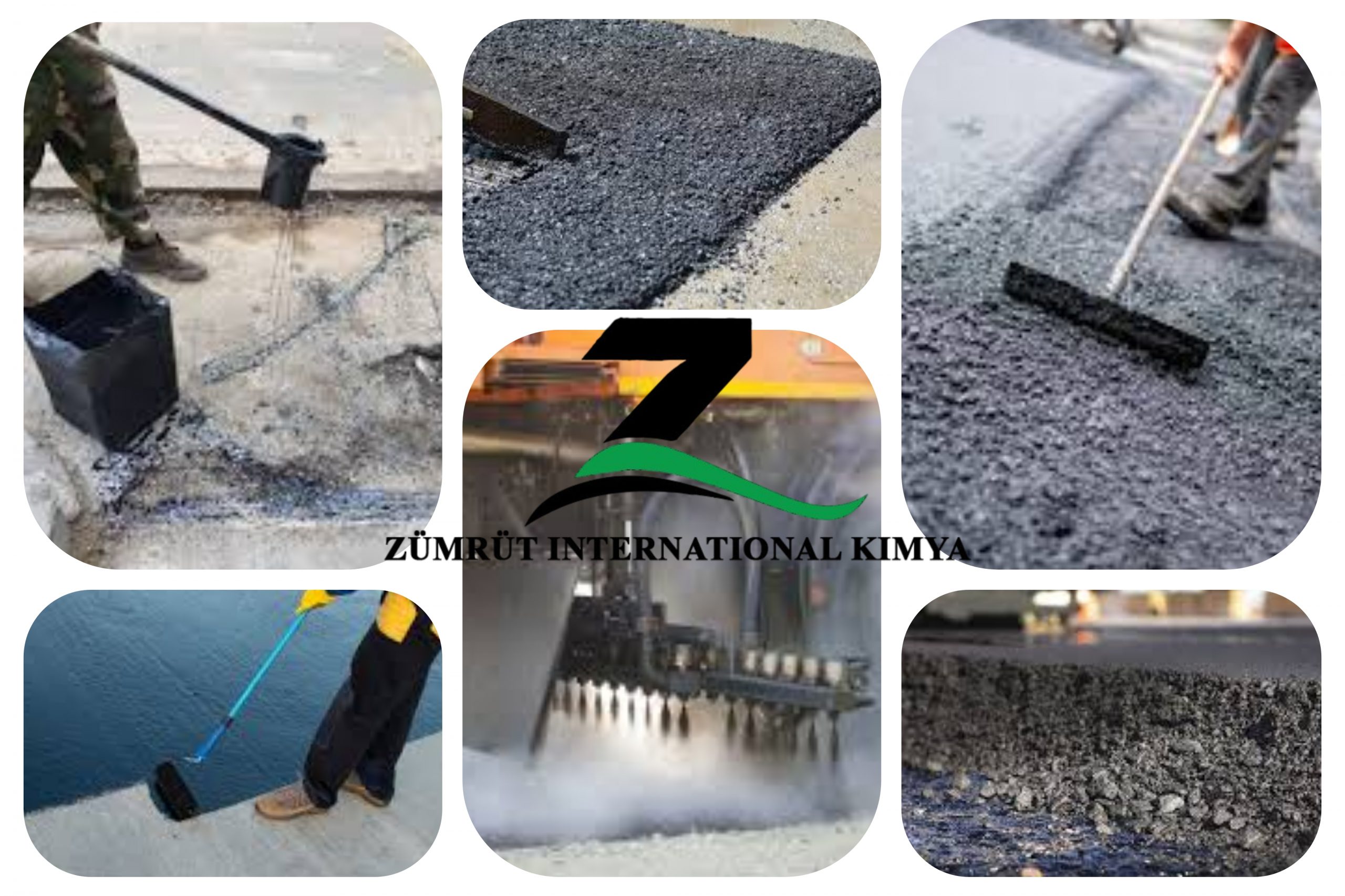
Introduction to Cutback Asphalt
Cutback asphalt is a type of asphalt binder that is temporarily thinned with a solvent to lower its viscosity so that it can be applied at low temperatures. This makes it particularly suitable for application in road construction and repair operations where melting asphalt to high temperatures is not possible. The solvent will evaporate gradually after application, leaving a firm asphalt layer that is strongly bonded to the surface. As long as the cutback asphalt is effective, there are no issues. Environmental issues with volatile organic compounds (VOC) release have increased regulations and moved the industry in the direction of more environmentally friendly products like asphalt emulsions.
Applications of Cutback Asphalt
Cutback asphalt is also applied heavily in the majority of road building and repair applications due to its strong adhesion and penetration properties. A few of its major applications include:
Prime Coats:
Prime coats are applied on the base course of a road before paving for the purpose of improving adhesion between layers. This action helps create a satisfactory bond between the base underneath and the topmost asphalt layer, giving the pavement a good starting point and preventing future water seepage damage or shifting.
For Prime Coats, the suitable grade of cutback bitumen depends on climate and penetration into the base needed. The most commonly used grades are:
MC-30 – Used extensively for prime coats, optimum for moderate to warm climates due to its satisfactory curing and penetration properties.
MC-70 – Used in warmer temperatures because it has an extremely slow curing rate compared to MC-30.
MC-250 – utilized where a stronger prime coat is needed, particularly in warmer and drier regions.
Tack Coats:
Tack coats are placed between asphalt pavement layers to create a solid bond and prevent slippage among the layers. This improves the strength and longevity of the pavement as a whole by ensuring that the layers are well-adhered to each other, reducing delamination and surface degradation with time.
For Tack Coats, the appropriate cutback grade bitumen depends on the climate and bonding requirements between the pavement courses. The normal grades used are:
RC-70 or RC-250 – Suitable for warm or temperate climates as they dry very fast and have high adhesion.
MC-30 or MC-70 – Used in cooler temperatures, slower curing that allows good penetration and adhesion.
Surface Treatments:
Surface treatments including chip sealing, slurry sealing, and fog sealing are applied to improve the durability of the road surface. The treatments enhance the weathering resistance of the road, enhance skid resistance for safer driving, and extend pavement lifespan by sealing cracks and resisting water damage.
Patching & Repair:
Patching and repair procedures are used to heal potholes, cracks, and other pavement damaged sections. Filling these defects smooths the road and makes it safer, offering a better ride and preventing further surface deterioration. This is a significant way of preserving the road’s integrity and prolonging its life.
For Repair & Patching, the suitable grade of cutback bitumen depends on climate and required setting time. Most common grades used are:
RC-250 or RC-800 – Best suited for quick-setting repairs, especially for moderate to hot climates.
MC-250 or MC-800 – Used for repair with medium curing time, best for wider range of temperature.
MC-30 or MC-70 – Suitable for cold climates, since they are thinner and have more adhesion and penetration.
Cold Mix Asphalt:
Cold mix asphalt is employed where hot mix asphalt is not feasible, e.g., in distant areas or colder climates. It offers the flexibility of application in different weather conditions, and repairs and construction can be efficiently done without heating, making it suitable for temporary repairs or low-traffic zones.
For Cold Mix Asphalt (CMA), the appropriate grade of cutback bitumen depends on the application and climate conditions. Typically, the following grades are used:
MC-250 or MC-800 – Suitable for moderate climates
RC-250 or RC-800 – Used when faster curing is required
Climate Suitability:
In cold climates, lower viscosity grades like MC-30 or MC-70 are preferred to ensure better workability and mixing.
In hot climates, higher viscosity grades such as MC-250 or RC-800 are used for improved durability.
Conclusion
Cutback asphalt remains a valuable material to utilize for road repair and construction due to its ease of application and high bonding properties. With the environmental problem of VOC emissions, however, a majority of locations are converting to more environmentally friendly alternatives like emulsified asphalt. Understanding what it can do and what it cannot do helps engineers and contractors select the appropriate material for their projects and comply with environmental regulations.

